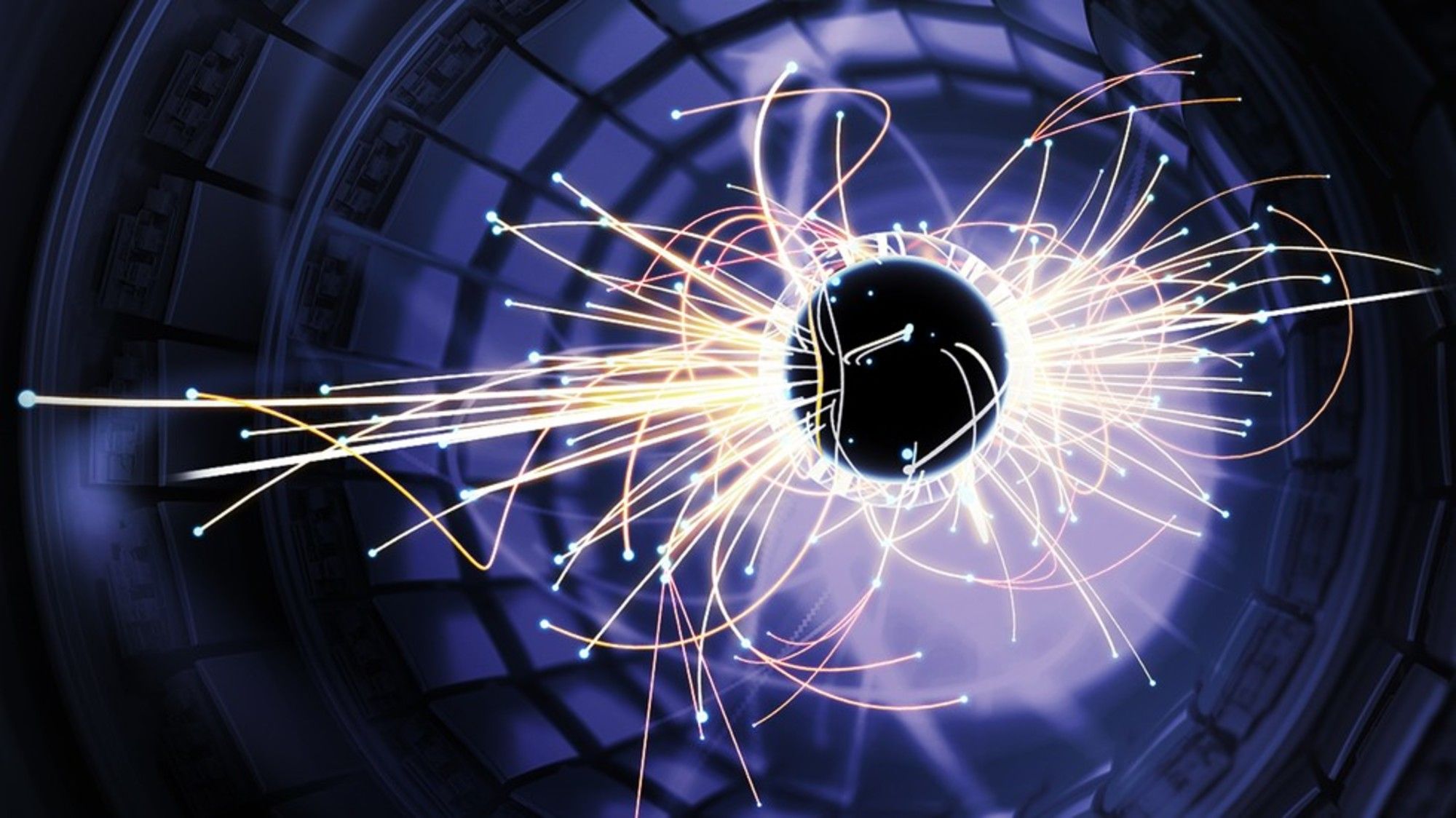Particle accelerators, the monumental machines that have catalyzed groundbreaking discoveries in physics, operate by propelling charged particles to astounding velocities, often approaching the speed of light. This propulsion generates an array of phenomena that challenge our understanding of the universe. But what exactly is created in these colossal contraptions? This question not only fuels scientific inquiry but also presents a unique challenge in comprehending the complex interactions that unfold at the subatomic level.
To appreciate the products of particle accelerators, one must first recognize their primary purpose: to investigate the fundamental constituents of matter. At their cores, these devices accelerate particles—such as protons, electrons, and heavy ions—within a vacuum, propelling them toward each other or fixed targets. The subsequent collisions release a wealth of energy, resulting in an impressive plethora of particles, including some that existed only moments after the Big Bang.
One of the most remarkable outcomes from such high-energy collisions is the creation of new particles. For instance, during experiments at the Large Hadron Collider (LHC), physicists have discovered elusive particles such as the Higgs boson. This particle is integral to the Standard Model of particle physics, bestowing mass to other particles via the Higgs field. Such discoveries are not mere academic triumphs; they have far-reaching implications in understanding the fundamental forces that govern the universe.
Moreover, particle accelerators produce an astonishing variety of other particles. During collisions, quark-antiquark pairs can materialize, producing mesons, while baryons, which are composed of three quarks, may also emerge from the fray. The sheer velocity of these interactions means that they occur within fractions of a second, making the production of short-lived particles like positrons and kaons possible. These ephemeral entities serve as gateways to studying conditions akin to those present in the early universe, thereby illuminating the trajectory of cosmic evolution.
Furthermore, the production of matter from energy is eloquently encapsulated by Einstein’s iconic equation, E=mc². In the environment of a particle accelerator, this equation transcends abstract theory and manifests in tangible particles. Energy concentrated during collisions can spontaneously convert into mass, resulting in the formation of new particles that did not previously exist. This conversion raises philosophical and scientific inquiries: How does nature orchestrate such transformations? What implications do these phenomena hold for our understanding of reality itself?
In addition to producing new particles, accelerators have a pivotal role in nuclear and medical applications. For instance, the isotopes generated by particle accelerators are indispensable in cancer treatment—particularly within the realm of radiotherapy. By producing isotopes like iodine-131 and technetium-99m, accelerators enable diagnostic imaging and targeted destruction of malignant cells. This intersection of physics and medicine illustrates the multifaceted applications of particle accelerators, extending their contribution beyond fundamental research to practical, life-saving technologies.
However, the challenge inherent in analyzing and categorizing the myriad products of particle collisions cannot be overstated. As particles are created, they decay rapidly into other forms, producing intricate decay paths that can baffle even the most erudite physicists. The complexity of these interactions necessitates sophisticated detection systems, such as the Compact Muon Solenoid (CMS) and ATLAS detectors at the LHC, both of which capture the fleeting events with remarkable precision. Yet, within the data lies an ocean of information. How do scientists discern meaningful patterns from this cacophony of occurrences? What algorithms and methodologies can efficiently parse the tangled web of particle decay products?
Inherent in the dialogue surrounding particle creation is the inquiry into the fundamental forces at play. These forces—strictly classified as electromagnetic, weak, strong, and gravitational—govern interactions at the subatomic level. By accelerating particles, and subsequently studying the resultant collisions, physicists glean insights into the fundamental four forces. For example, the discovery of new decay pathways or cross-section measurements can challenge existing theories, prompting revisions or entirely new frameworks to comprehend the interaction realms. An example includes the promise of supersymmetry, a proposed symmetry that posits the existence of partner particles for every known particle. Each collision brings forth not only the possibility of new particles but also new theories to challenge the status quo.
Moreover, the ephemeral nature of these particles—often a mere blip in the grand tapestry of existence—invites a philosophical contemplation on the nature of reality itself. If particles can be created and annihilated in astonishing brevity, what does this imply about the permanence of matter? Do particles exist in a state of potentiality until observed, as suggested by quantum mechanics? These questions not only tantalize the intellectual curiosity of physicists but also probe the very essence of existence, linking deep philosophical musings to the empirical observations derived from particle accelerators.
In summation, particle accelerators serve as a portal into the depths of matter, invoking profound questions about the nature of the universe. The creation of particles—from the ephemeral to the fundamental—challenges our understanding of physics and instigates a continuous dialogue between theoretical conjecture and experimental validation. With each collision, scientists venture deeper into the enigmatic fabric of reality, endeavoring to unravel its mysteries one particle at a time. What will be discovered next in this infinite quest for knowledge? The answer lies in the remarkable collisions yet to come, where creation and destruction entwine in the transcendent dance of the cosmos.












